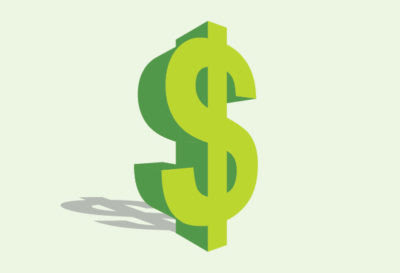The US dollar is set to finish the week on a firm note. It reflects rising US yields, where the 10-year is above 2.90% for the first time since February and the widening two-year different between the US and Germany, which is holding just below 300 bp.
It is the fourth consecutive advancing session for the Dollar Index, which is near a two-week high. The only major currency that may gain against the dollar this week is the Swedish krona. It could eke out a small gain which seems to reflect some position adjusting ahead of next week Riksbank meeting. Although it will likely keep its rath path unchanged, it may revise up its medium-term inflation outlook that may give the hold a hawkish feel.

The main economic data of note has been the Japanese March CPI. It was spot expectations for a slight downtick in price pressures. The headline pace slowed to 1.5% from 1.1%. The core rate, which excludes fresh food, slipped to 0.9% from 1.0%. Soft furniture and household goods prices weighed on the core rate, while slower increases in energy (5.7% vs. 7% in February) and fresh food prices (halved to 6.3%) account for the bulk of the headline decline.
The combination of rising 10-yield and the decline in inflation has helped the dollar edge closer to the JPY108 area. There is a $636 mln option struck there that expires today. The greenback has quietly strung together a four-week advance against the yen, the longest such streak since last October. The technical bottoming pattern we have been monitoring projects toward JPY110.
The euro is being sold below $1.23 today for the first time in two weeks. It is the midpoint of the two-cent range which has confined the euro for the past several weeks. There are about 1.45 mln euros in options struck between $1.2300 and $1.2305 that expire today. Widening short-term interest rate differentials mean that it is increasingly expensive to hold the euro when the currency appreciation is not sufficient to compensate.













Leave A Comment